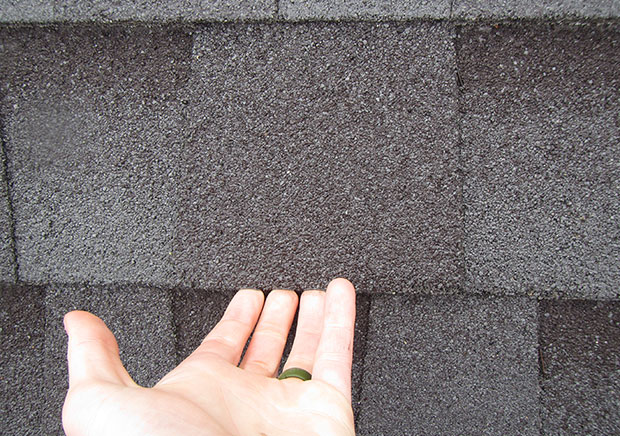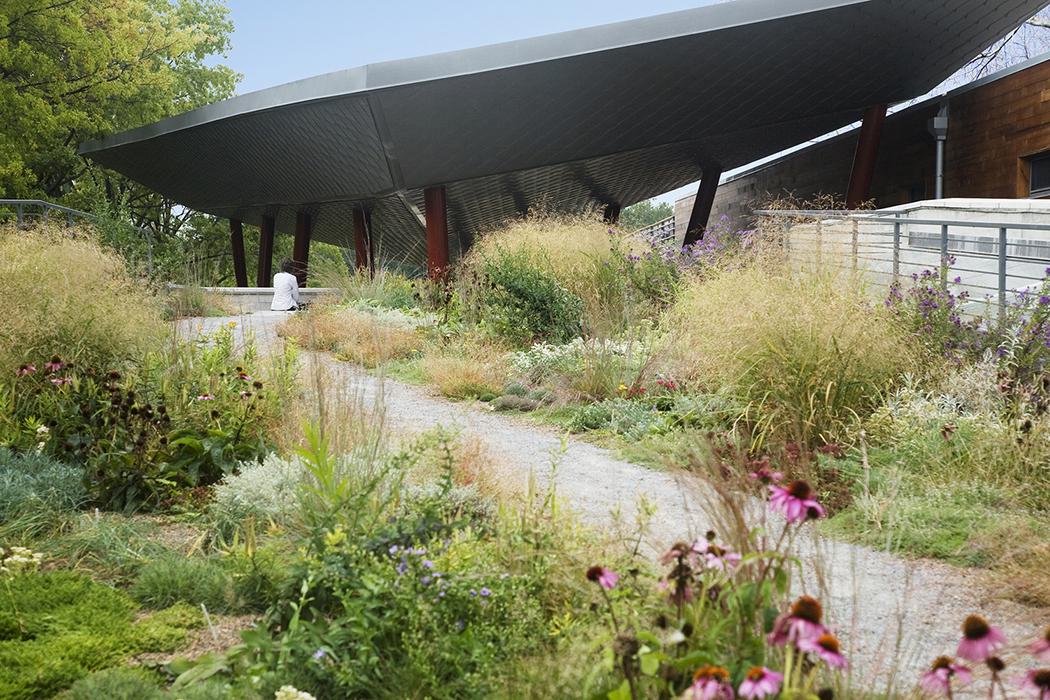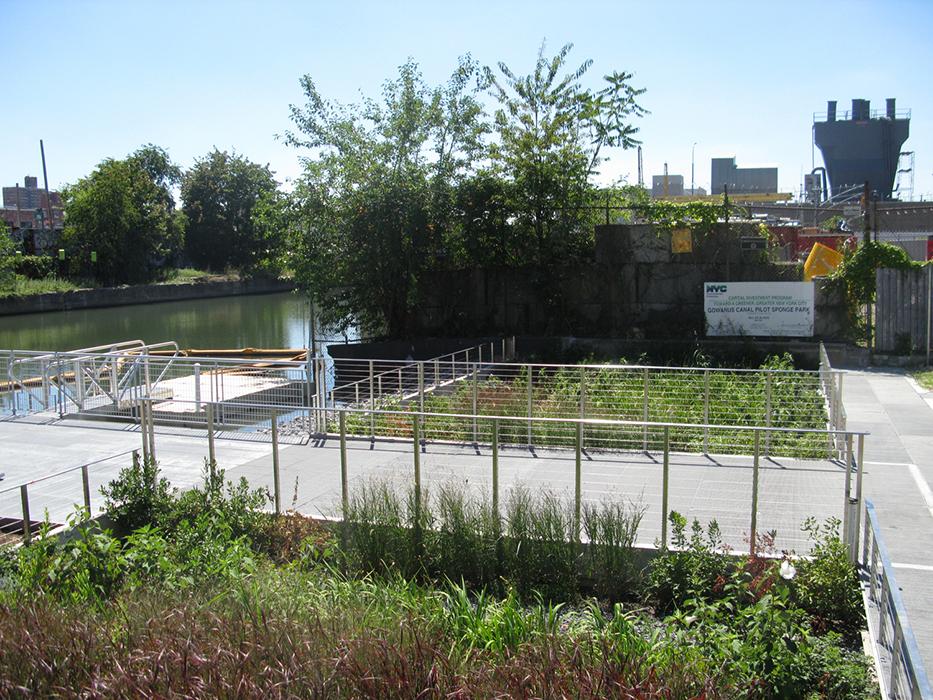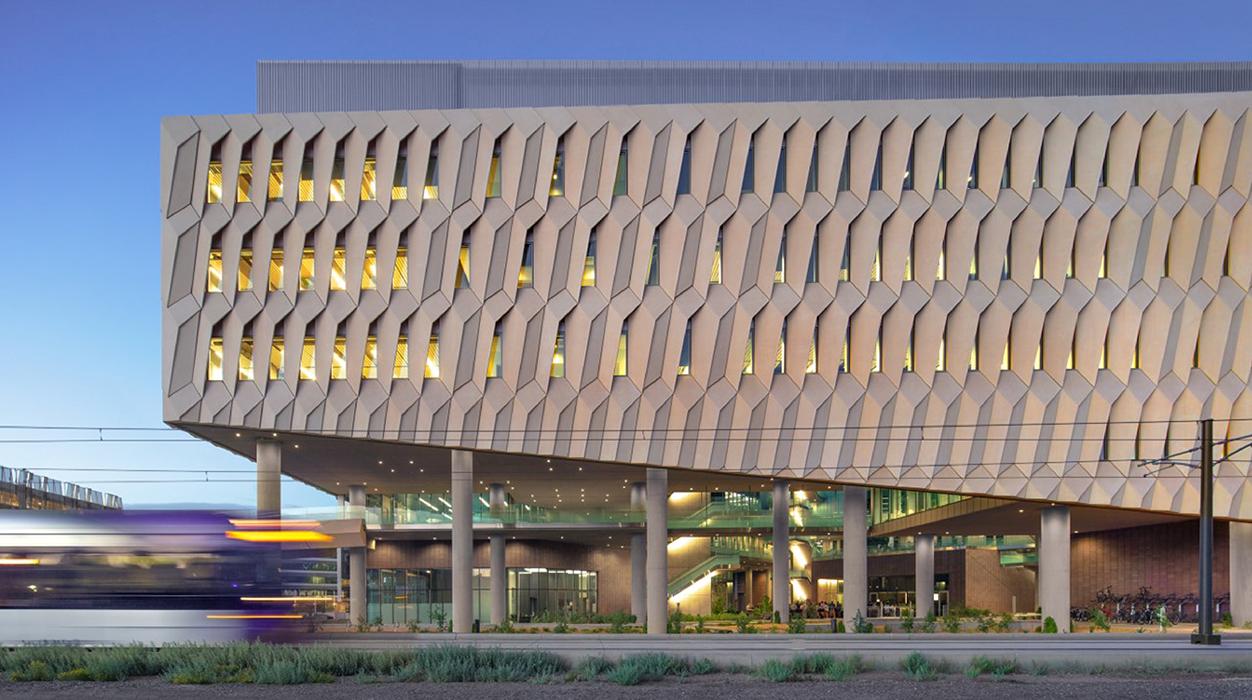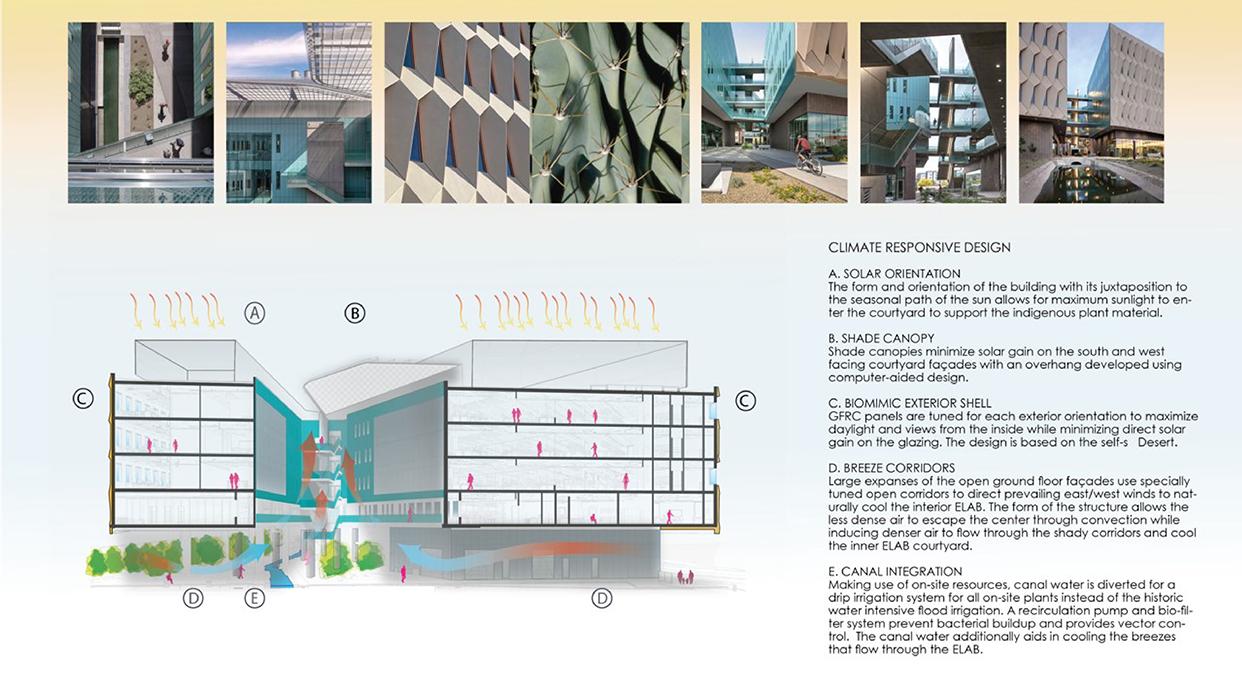
Climate Action: Nature-Based Solutions

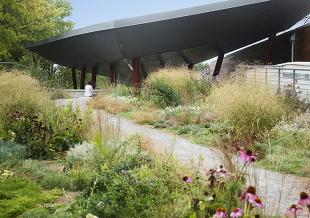 Thornton Tomasetti
Thornton Tomasetti
Communities affected by climate change are increasingly looking at nature-based solutions (NBS) to mitigate risk and adapt to new challenges. Utilizing such systems as green spaces and natural floodplains, NBS offer multiple benefits in areas like biodiversity, occupant health and aesthetics, proving to be more adaptable than traditional infrastructure. This week in our continuing series showcasing how engineers and scientists can play a key role in addressing the short- and long-term challenges of climate change, we look at the recent shift toward NBS in urban design and the interdisciplinary engineering collaboration that it requires.
With climate change increasing the rate of severe weather disturbances and urban development stressing local resources, communities are taking a closer look at how the built environment attenuates or exacerbates risk. In this context of critiquing past systems and searching for new paradigms, nature-based solutions (NBS) have gained in popularity as environmentally friendly approaches to mitigating risk, adapting to new climate dynamics and reversing environmental degradation.
Why Nature-Based Solutions Now?
Designers and engineers must prioritize NBS because they represent the best practice in addressing climate challenges and are often sought after by clients and design partners. This is because NBS go beyond baseline design criteria and provide a wide range of co-benefits in areas such as habitat, biodiversity, health, property value and aesthetics.
From a resilience standpoint, NBS also provide higher levels of adaptation to larger windows of change. This is unique compared to conventional infrastructures that often rely on levels of predictability that are increasingly elusive in the face of climate change. By deploying NBS, we can deliver solutions that will perform in the wider range of possible futures that climate projections stipulate.
What Exactly Are Nature-Based Solutions?
NBS encompass any intervention that harnesses the power of natural systems to achieve project objectives. The versatility of this definition echoes the innate resilience and multi-functionality of nature: from plants to ecosystems to thermal dynamics. Natural systems, rich in diversity and complexity, possess an incredible adaptability across variable settings and challenges.
NBS employ the inherent resilience of ecosystems and utilize them in ways that not only address immediate issues but also strengthen our capacity to deal with long-term changes and threats. From mitigating flood risks through the restoration of mangrove forests to improving air quality via urban green spaces, NBS have the capacity to deliver a vast array of services.
As cities face climate challenges like rising temperatures, more frequent and severe weather events, habitat and biodiversity loss and shifting precipitation patterns, there is a large demand for robust, flexible solutions — precisely what NBS offer. They also go beyond simply mitigating the adverse effects of climate change; they allow us to strategically use nature to make our urban and natural environments healthier, more resilient and adaptable. For instance, greening initiatives can reduce the urban heat island effect and manage stormwater runoff, while the conservation of healthy watersheds can ensure a stable water supply despite variable precipitation.
Nature-Based Solutions Shift Engineering Practice
NBS extend an invitation to evolve and adapt alongside our changing climate and foster a more resilient and harmonious relationship with nature, but also require a shift in engineering and urban design approaches.
Embracing NBS in practice today will mean moving away from some aspects of traditional engineering, often siloed and human-centric approaches, towards more interdisciplinary, integrative, sustainable and nature-aligned solutions.
Engineering methods have historically emphasized human convenience and economic development, often at the expense of the environment. For example, hard engineering solutions for flood defense, like concrete walls and levees, river straightening or hard sea defenses were used to manage water flow or coastal erosion, but these methods often led to significant disruption of ecosystems, loss of biodiversity and could exacerbate problems elsewhere, like downstream flooding or coastal erosion in adjacent areas.
Another example can be seen in urban planning. Cities were designed with concrete, asphalt and steel, which created the urban heat island effect and exacerbated runoff during storms. These environments are not only less adaptable to extreme weather events, but they also miss out on the potential benefits of integrating natural elements that improve air quality and contribute cooling and enhanced urban aesthetics.
Extreme weather has helped expose that these approaches are not always sustainable, resilient or beneficial in the long run as original design parameters are exceeded and environmental degradation advances toward irreversible levels.
The shift toward NBS necessitates adopting a systems-based, holistic view that interweaves ecological principles and values biodiversity. Achieving these demands interdisciplinary collaboration among ecologists, urban planners, engineers and other stakeholders. Clients and community members should be actively involved in the planning and decision-making processes, ensuring that the solutions meet local needs and values. In practical terms, this might entail co-designing urban green spaces that both absorb stormwater and cool cityscapes, teaming up with local communities to restore natural floodplains rather than just building levees, or joining hands with marine biologists and engineers to prioritize the preservation of coastal mangroves for storm surge protection over the construction of sea walls. While this shift doesn't discount the value of traditional engineering, it champions the integration of various disciplines and stakeholder input, aiming for NBS that result in more sustainable and resilient outcomes.
Technical Considerations
There are several novel challenges we face when integrating living systems and the flexibility of NBS into our communities and structures:
Preparing for future scenarios: In the unpredictable realm of climate variability, ensuring client investments are future-proof is paramount. Our Resilience team interprets the best available science to decode the climate risks of today and 2100, ensuring that our strategies remain viable, flexible and relevant in the face of tomorrow's challenges.
Strong foundations for green interventions: Planning to incorporate expansive vegetation? Our Structural Design team knows just how to balance the needs and stability of living systems without inflating structural costs. We innovate structural methods to give nature the space it deserves within built systems.
Meticulous water management: Plants require consistent hydration, introducing an array of utility and waterproofing needs. Our Facades and Renewal teams are experts in developing resilient, maintainable design details that balance wet and dry interfaces.
Crafting ideal microclimates: Every plant thrives in a specific environment. Leveraging our expertise in Facades, Sustainability, and Applied Science, we precisely calibrate factors such as light, ventilation and temperature, ensuring that each green space we create is not just beautiful but also flourishing.
Construction execution with living materials: Transitioning from blueprint to reality with living materials is intricate. Our Construction Management team knows how to get living systems installed to ensure the longevity and health of each NBS in the toughest sites.
Climate change is one of the biggest challenges facing our society. And because it affects everyone, it demands our creativity, passion and collaboration to build a better, more enduring world. See how Thornton Tomasetti is one of the only firms with the expertise to help you think holistically about a range of steps to address climate change.






